Elena and Amelia, Y12 Further Mathematicians, explore how the Harkness Method has opened up a new way of thinking about Pure Maths and how it allows them to enhance their mathematical abilities.
For Further Maths A Level, the Maths department has picked a new style of teaching: the Harkness Method. It involves learning by working through problem sets. The problems give clues as to how to get to the answer and this is better than stating the rules and giving examples; we have to work them out ourselves. These problem sets are given for homework, and then we discuss them together during the next lesson by writing the answers on the board and comparing our results with each other.
Elena:
At the beginning of term, I found it quite challenging to complete exercises without knowing what rules I was expected to apply to the problems, as each question seemed to be completely different to the one preceding it. The tasks also require us to use our previous GCSE knowledge and try to extend it ourselves through trial and error and by applying it to different situations and problems. I found it difficult to understand how to apply a method to solve different problems as previously each problem came with a defined method.
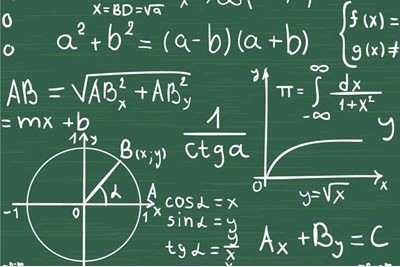 As the lessons progressed, I started enjoying this method of teaching as it allowed me to understand not only how each formula and rule had come to be, but also how to derive them and prove them myself – something which I find incredibly satisfying. I also particularly like the fact that a specific problem set will test me on many topics. This means that I am constantly practising every topic and so am less likely to forget it. Also, if I get stuck, I can easily move on to the next question.
As the lessons progressed, I started enjoying this method of teaching as it allowed me to understand not only how each formula and rule had come to be, but also how to derive them and prove them myself – something which I find incredibly satisfying. I also particularly like the fact that a specific problem set will test me on many topics. This means that I am constantly practising every topic and so am less likely to forget it. Also, if I get stuck, I can easily move on to the next question.
Furthermore, not only do I improve my problem-solving skills with every problem sheet I complete, I also see how the other girls in my class think about each problem and so see how each question can be approached in more than one way to get the same answer – there is no set way of thinking for a problem.
This is what I love about maths: that there are many ways of solving a problem. Overall, I have grown to like and understand how the Harkness Method aims to challenge and extend my maths skills, and how it has made me improve the way I think of maths problems.
Amelia:
When I first started the Harkness approach for Pure Maths in September, I remember feeling rather sceptical about it as it was unlike any method of learning I had encountered before. To begin with, I found it slightly challenging to answer the questions without knowing what topic they were leading to and found confusing how each sheet contained a mixture of topics.
However, I gradually began to like this as it meant I could easily move on and still complete most of the homework, something which you cannot do with the normal method of teaching. Moreover, I found it extremely beneficial to learn the different topics gradually over many lessons as I think that this improved my understanding, for example for differentiation we learnt it from first principles which gave me the opportunity to comprehend how it actually works instead of merely just remembering how to do it.
Furthermore, I think that the best part of the Harkness Method is that you are learning many topics at a time which means that you cannot forget them as compared to in the normal method which I remember finding difficult when it came to revision for GCSEs as I had forgotten the topics I learnt at the beginning of Year 10. I also began to enjoy the sheets more and more because the majority of the questions are more like problem-solving which I have always found very enjoyable and helpful as it means you have to think of what you need to use instead of the question just simply telling you.
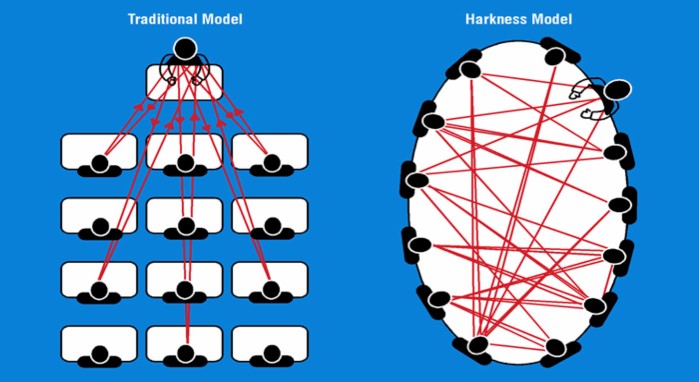 Moreover, I very much enjoyed seeing how other people completed the questions as they would often have other methods, which I found far easier than the way I had used. The other benefit of the lesson being in more like a discussion is that it has often felt like having multiple teachers as my fellow class member have all been able to explain the topics to me. I have found this very useful as I am in a small class of only five however, I certainly think that the method would not work as well in larger classes.
Moreover, I very much enjoyed seeing how other people completed the questions as they would often have other methods, which I found far easier than the way I had used. The other benefit of the lesson being in more like a discussion is that it has often felt like having multiple teachers as my fellow class member have all been able to explain the topics to me. I have found this very useful as I am in a small class of only five however, I certainly think that the method would not work as well in larger classes.
Although I have found the Harkness method very good for Pure Maths, I definitely think that it would work far less well for other parts of maths such as statistics. This is because I think that statistics is more about learning rules many of which you cannot learn gradually.
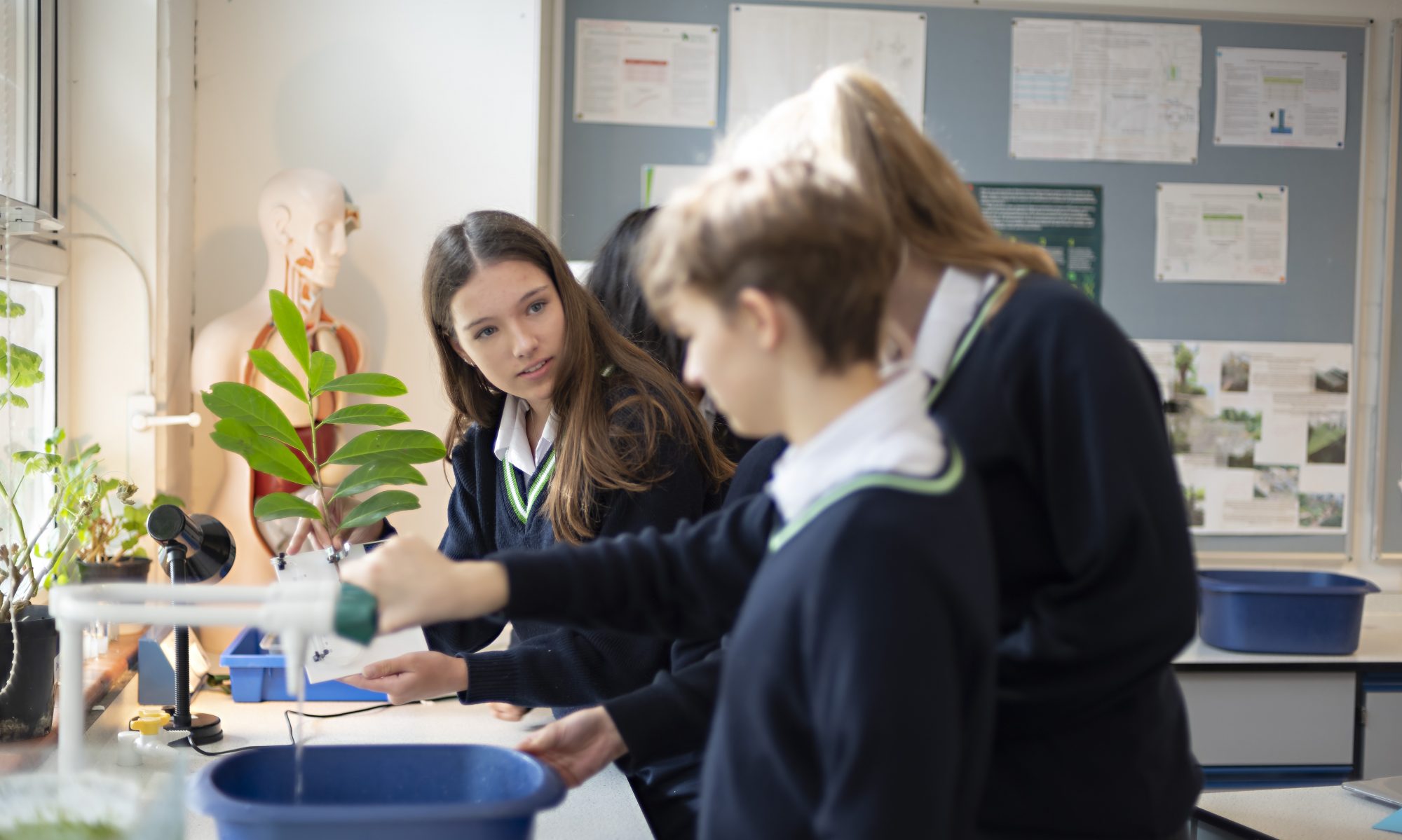





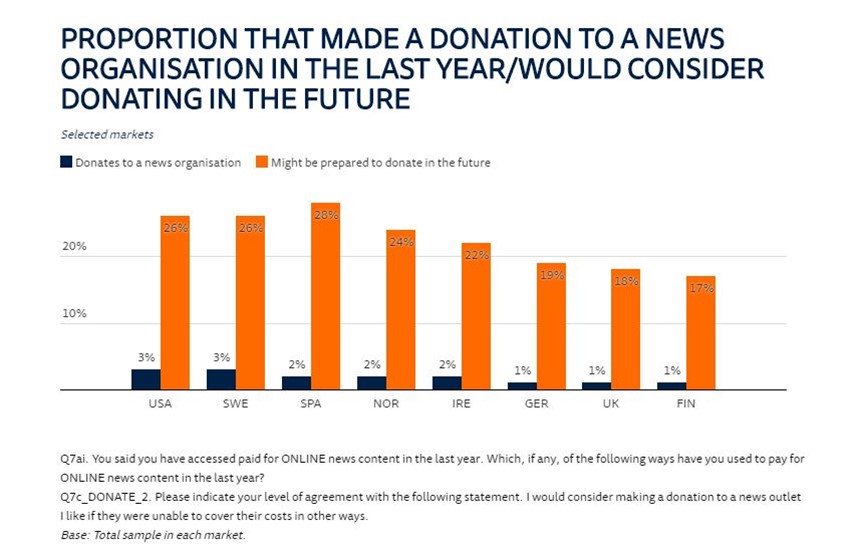

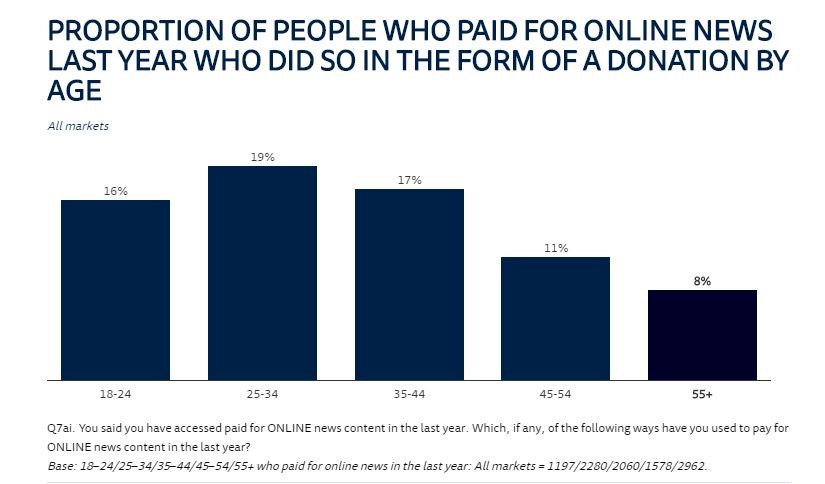
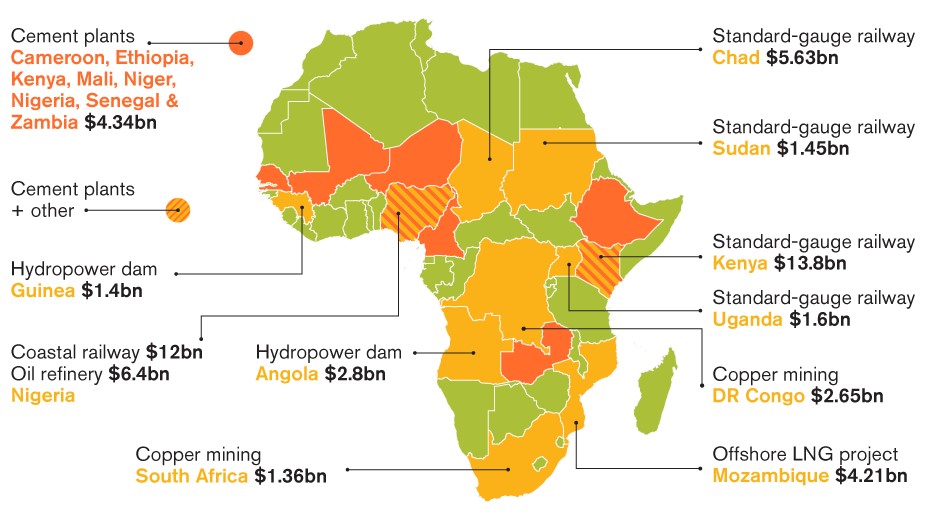

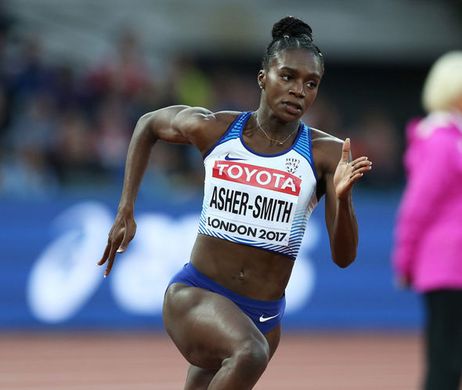

 As the lessons progressed, I started enjoying this method of teaching as it allowed me to understand not only how each formula and rule had come to be, but also how to derive them and prove them myself – something which I find incredibly satisfying. I also particularly like the fact that a specific problem set will test me on many topics. This means that I am constantly practising every topic and so am less likely to forget it. Also, if I get stuck, I can easily move on to the next question.
As the lessons progressed, I started enjoying this method of teaching as it allowed me to understand not only how each formula and rule had come to be, but also how to derive them and prove them myself – something which I find incredibly satisfying. I also particularly like the fact that a specific problem set will test me on many topics. This means that I am constantly practising every topic and so am less likely to forget it. Also, if I get stuck, I can easily move on to the next question. Moreover, I very much enjoyed seeing how other people completed the questions as they would often have other methods, which I found far easier than the way I had used. The other benefit of the lesson being in more like a discussion is that it has often felt like having multiple teachers as my fellow class member have all been able to explain the topics to me. I have found this very useful as I am in a small class of only five however, I certainly think that the method would not work as well in larger classes.
Moreover, I very much enjoyed seeing how other people completed the questions as they would often have other methods, which I found far easier than the way I had used. The other benefit of the lesson being in more like a discussion is that it has often felt like having multiple teachers as my fellow class member have all been able to explain the topics to me. I have found this very useful as I am in a small class of only five however, I certainly think that the method would not work as well in larger classes.